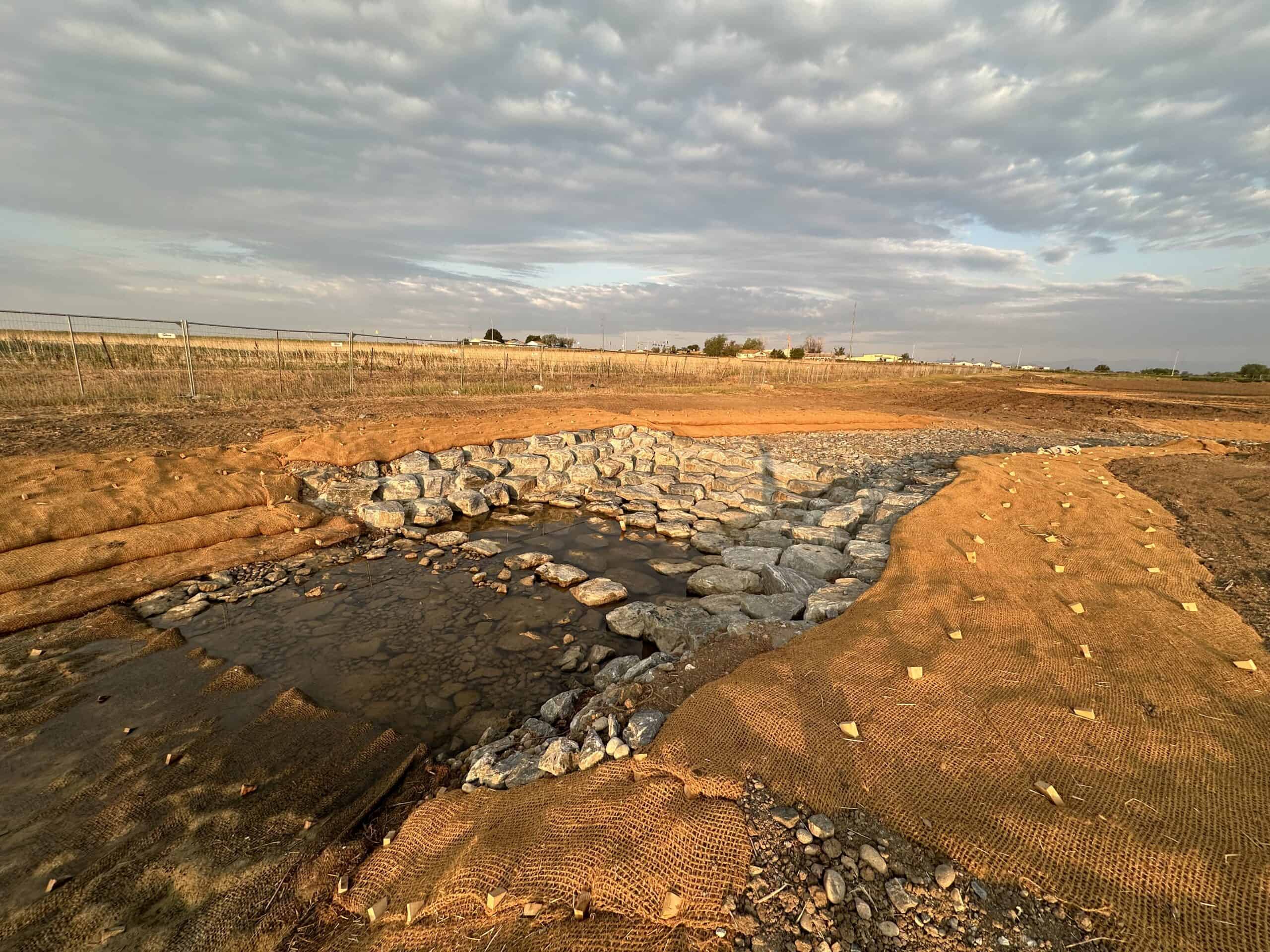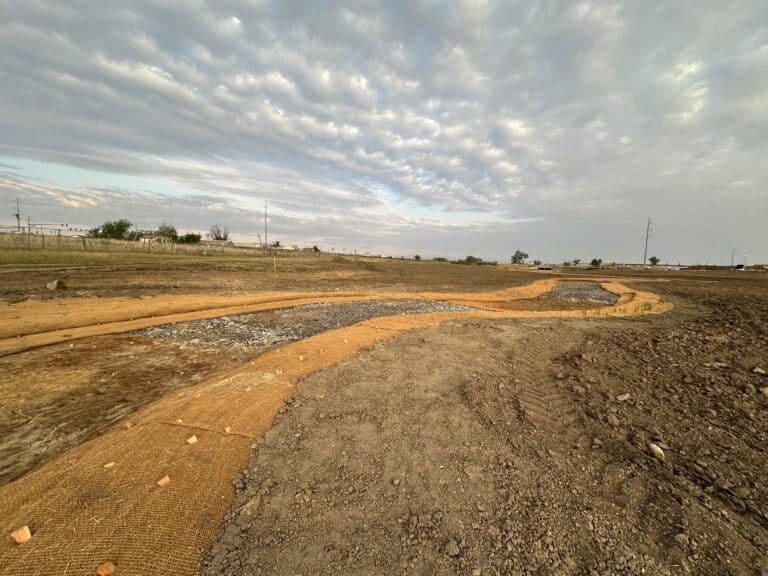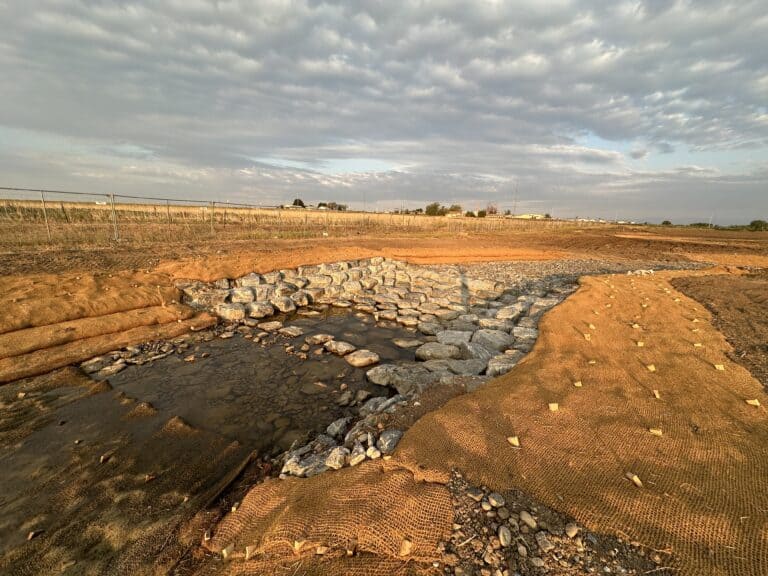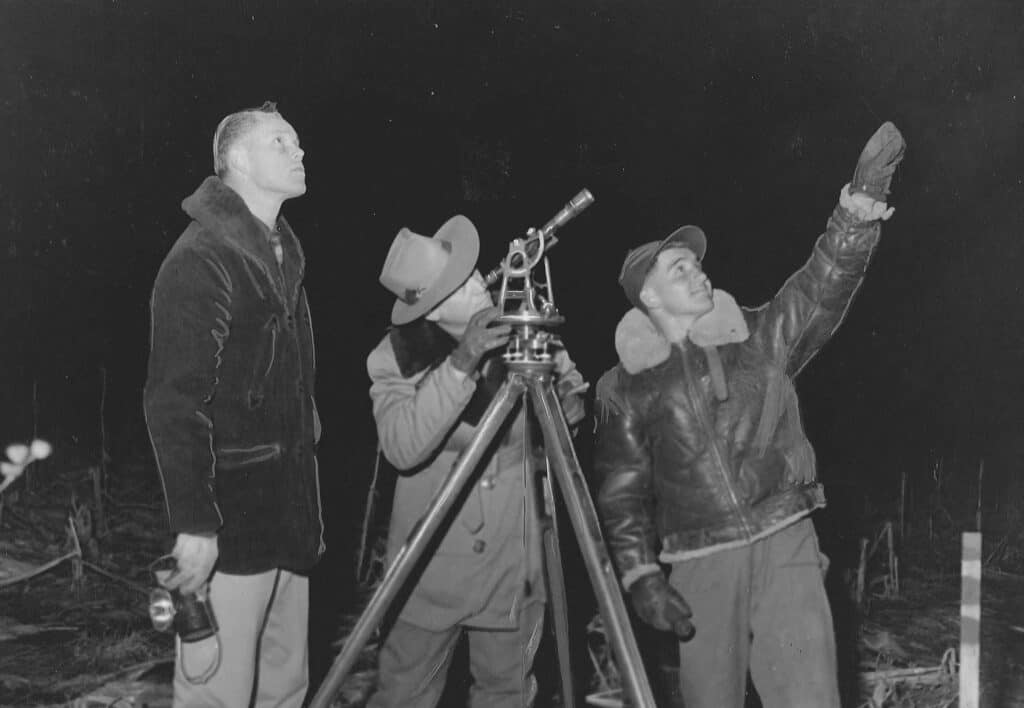Challenge
As development increased within the Mustang Run Watershed, which mainly resides in the city of Thornton, Colorado there are anticipated hydrologic changes. With development occurring in the northern corridor, impacts to the drainageway resulted in increases runoff volume and flow rates. These changes required an adaptation of the Mustang Run channel to preserve its function.
One of the more complex aspects of this project was coordinating the as-built condition of the upstream culvert, the proposed condition of the downstream culvert, and HR Green’s channel design into one all-encompassing Conditional Letter of Map Revision (CLOMR) submittal to the Federal Emergency Management Agency (FEMA).
Solution
HR Green collaborated with the Mile High Flood District to stabilize Mustang Run in response to hydrologic changes from northern corridor development. The project began with an updated hydrologic model to assess how development affected flow and sediment behavior, which then informed the channel modification analysis and resulting design. The channel analysis and design used a combination of analytical, analog and threshold methods to determine the channel dimension, pattern and profile needed to balance hydraulics and sediment transport.
Finally, grade control and bank stabilization techniques were also evaluated to balance performance, constructability, and long-term costs. Some structures utilized in the design to improve channel stabilization were riffle pools and grouted boulder drop structures.
Existing wetlands were supplemented with additional floodplain wetlands to help mitigate channel flows and to enhance the local habitats and aesthetics of the corridor. The integration of analytical, analog and threshold analyses helps account for the variability of channel hydraulics and sediment transport in streams and rivers. This helps support the risks associated with stream management in an ever-changing environment and considers the specific site’s watershed, valley, and geology.
Benefit
The Mustan Run project successfully achieved FEMA approval through the CLOMR process, confirming the effectiveness of the proposed floodplain modifications. The new design delivers a resilient, low-maintenance channel that blends engineered performance with environmental stewardship. Features such as grade control, bank stabilization, and enhanced wetlands not only address current hydraulic challenges but also support long-term ecological health, limited maintenance, and enhance the natural aesthetics of the corridor.



